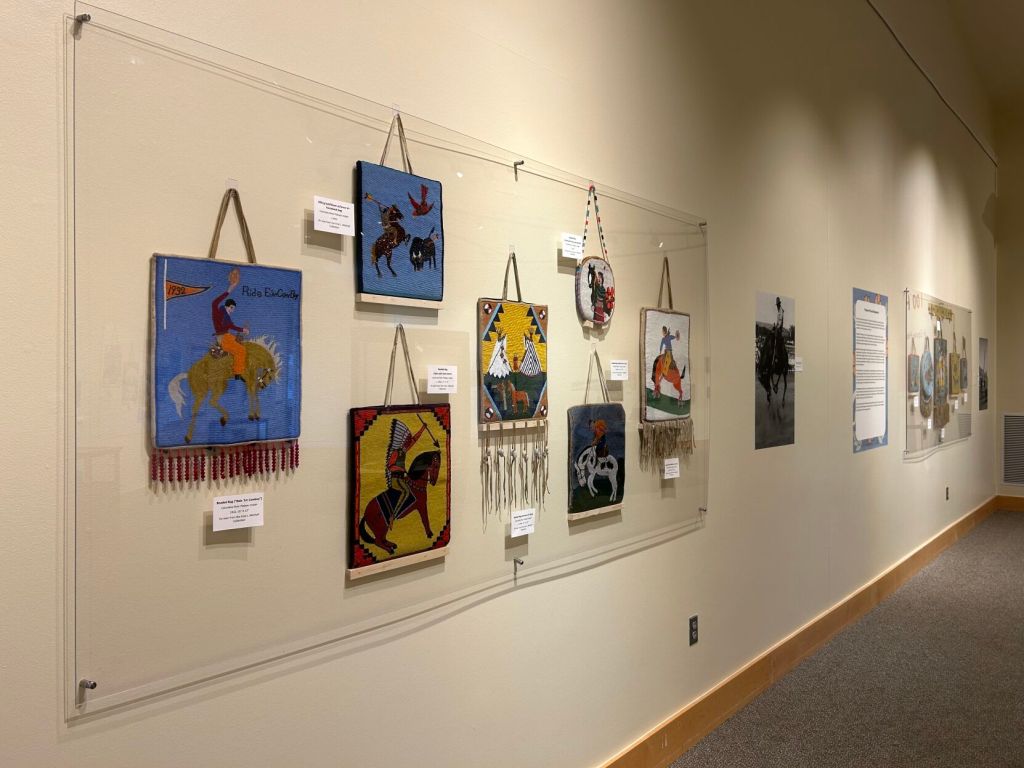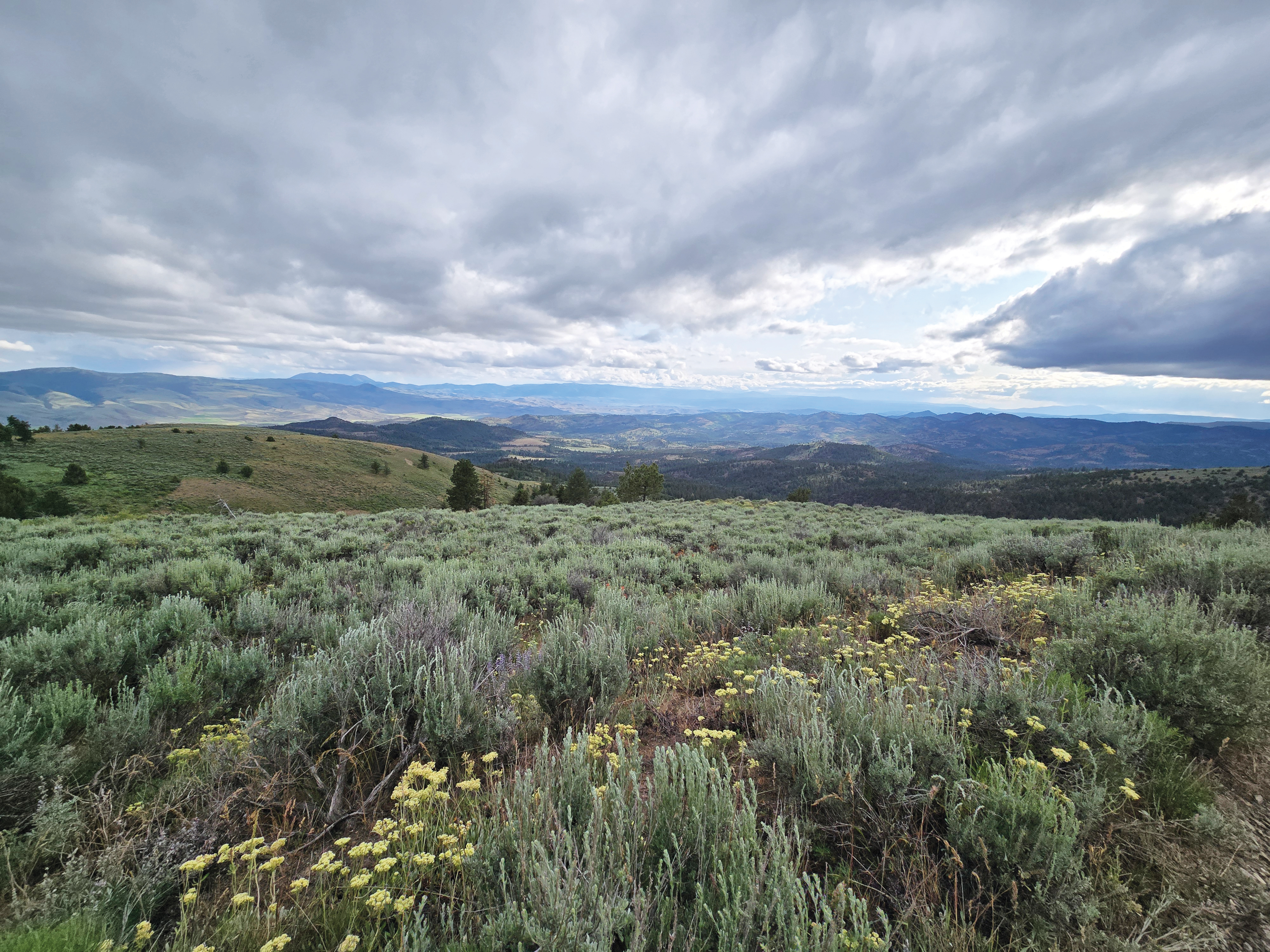Tamastslikt showcases tribal beadwork in ‘100 Horses’
Published 5:00 pm Sunday, September 10, 2023

- Beaded bags hang on the wall Thursday, Sept. 7, 2023, as part of the "100 Horses: An Equine History in Beadwork" exhibit at Tamastslikt Cultural Institute in Mission on the Umatilla Indian Reservation. Items were primarily donated by Fred L. Mitchell, a private collector from Walla Walla.
MISSION — More than 100 beaded horses fill the room at a new exhibit at Tamastslikt Cultural Institute.
Tamastslikt, on the Umatilla Indian Reservation near Pendleton, opened the “100 Horses: An Equine History in Beadwork” exhibit Sept. 1. With beaded bags, horse regalia, vests and woven baskets, donated primarily from the collection of Fred L. Mitchell, the exhibit displays the artwork and beadwork of the Columbia River Basin Plateau tribes.
Randall Melton, collections curator at Tamastslikt and member of the Seminole Nation of Oklahoma and the Creek Nation, said the exhibit is a year in the making. A total of 57 pieces were borrowed from Mitchell’s collection, which Melton said barely made a dent in his massive collection. A few pieces were donated from the Maryhill Museum of Art and another private donor.
The horse arrived to the area in the 1700s. Melton said horses are important to tribal culture and life, which inspired the exhibit’s theme. The horse is a symbol of resilience, wealth, pride and status for the Plateau tribes, which used the animals for trade.
“It was trying to find a theme that we felt would really resonate with the community here,” Melton said, adding Tamastslikt also wanted to hone in on a Western Americana idea for Pendleton Round-Up visitors.
The bags hang on the walls, lining the room behind a layer of plexiglass. Some that have beading on both sides are wedged between two layers of plastic on a table to display the full artwork. Melton said the display methods are intended to best showcase the items without causing damage to them.
“We wanted to find a way that people could see these bags, not buried in a case,” he said. “We wanted people to be able to get up close and personal with the bags and look at the beadwork, look at the designs and look at the methods that were used to put the beads onto the bags.”
Around the room bags are grouped based on categories, hanging next to a text panel explaining the theme. One has a patriotic theme, with beaded American flags, eagles and more along with the horses, representing the patriotism of the tribes.
Another highlights the various colors used by the Plateau tribes in the beadwork, which the text panel said were chosen based on the artists’ preferences, imagination and available supplies. Melton said that over time the tribes became known for using cobalt blue, a greasy yellow, pinks, reds and a robin egg blue.
Melton noted that some of the earlier bags made by the tribes have geometric designs, and over time the style of the tribes’ beadwork became more representational and pictorial. A panel said the Plateau pictorial beadwork includes an array of subject matter, from horses, deer and wildlife to religious imagery and patriotic themes.
“You can really see what’s important to a group of people when it starts showing up in their artwork, or the way they express themselves,” Melton said. For example, he noted the longtime presence of horses in the beading, and the patriotic themes seen more in the beadwork from the 1910s, 1920s and 1930s.
Melton also said tribal people did not make the bags and other items to be put on display. The bags, baskets and horse regalia were for people to use.
“That’s an important part of tribal art,” Melton said. “That many pieces, especially older pieces, were functional.”
Through the displays, text panels and pictures on the wall, the exhibit captures the artwork traditions of the Plateau tribes.
“We’re not bringing things from down south or the coast,” Melton said. “This is a representation of the abilities, the artistry and the design work of the Plateau people.”
For more information about Tamastslikt Cultural Institute, including hours of operations, visit www.tamastslikt.org. The “100 Horses” exhibit will be on display until early December.






